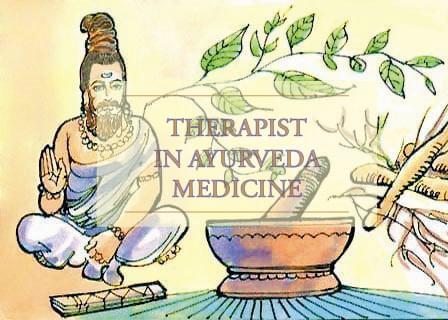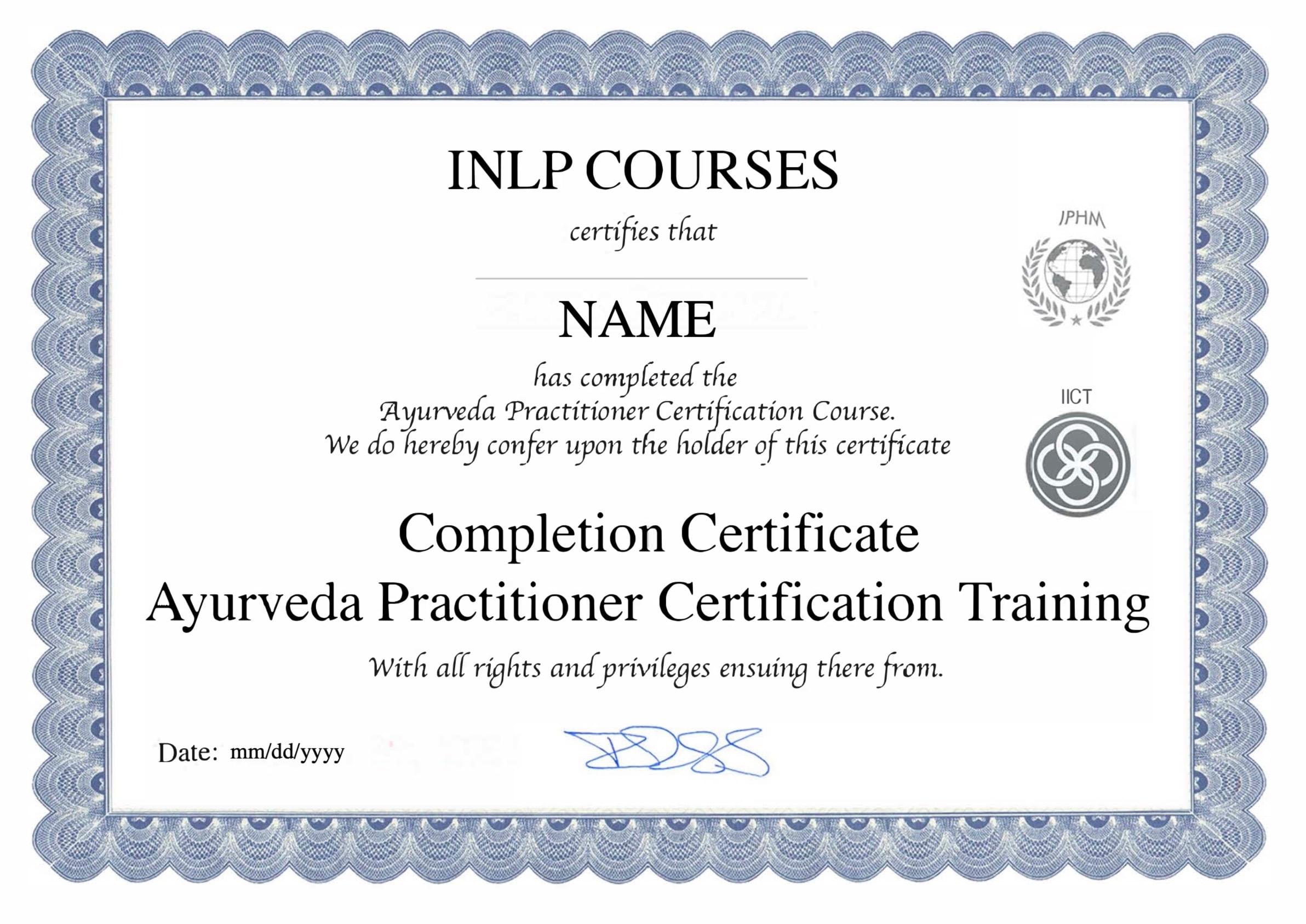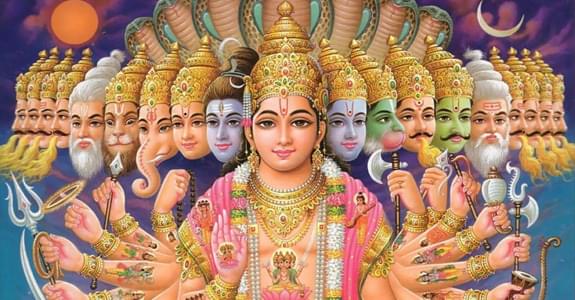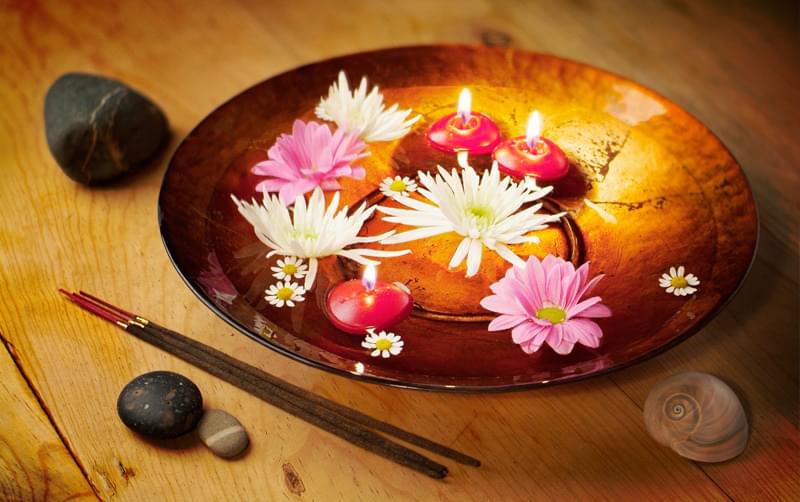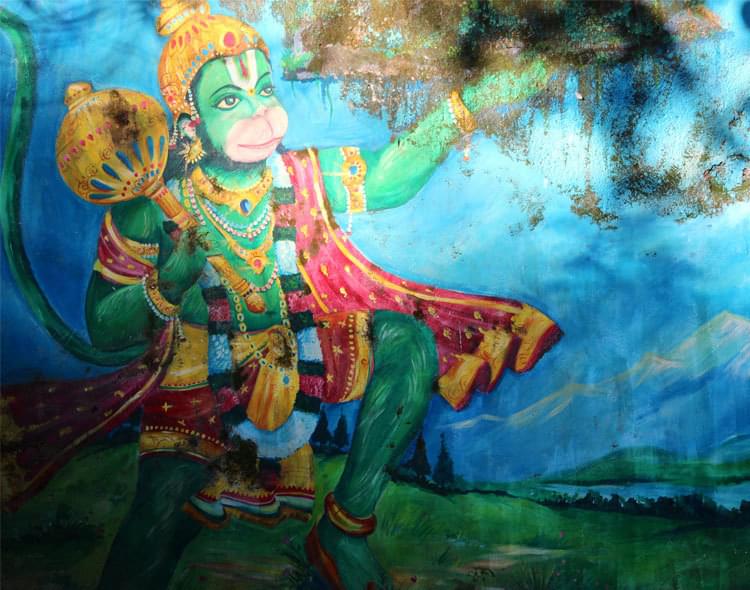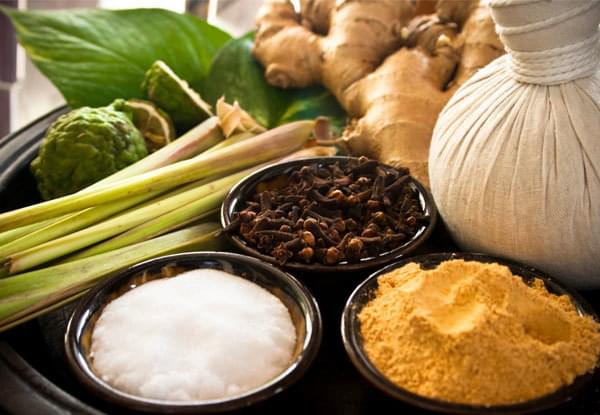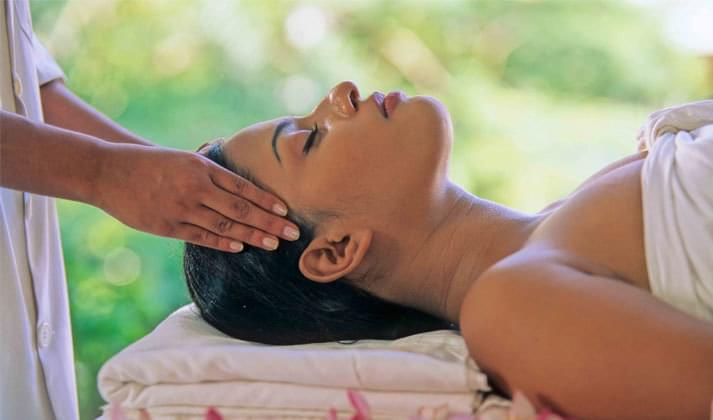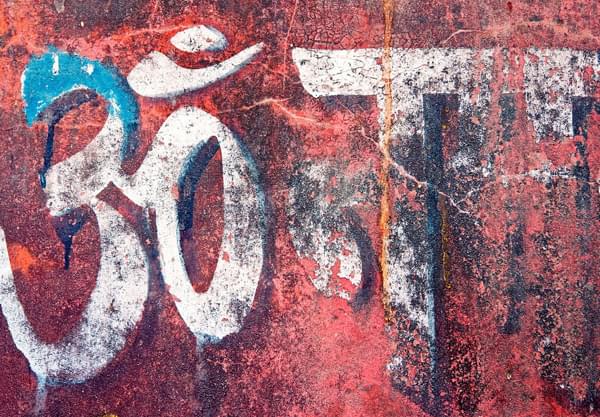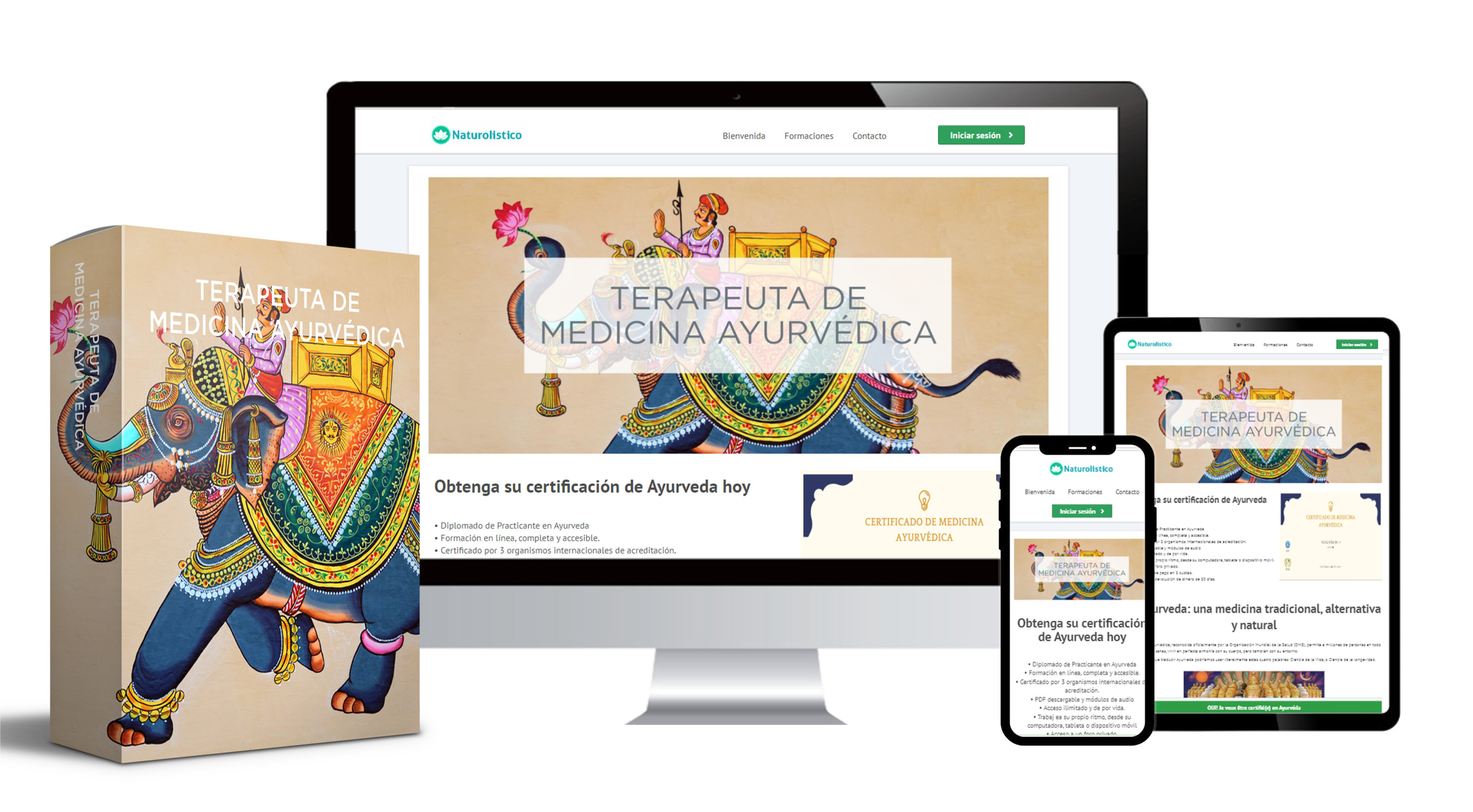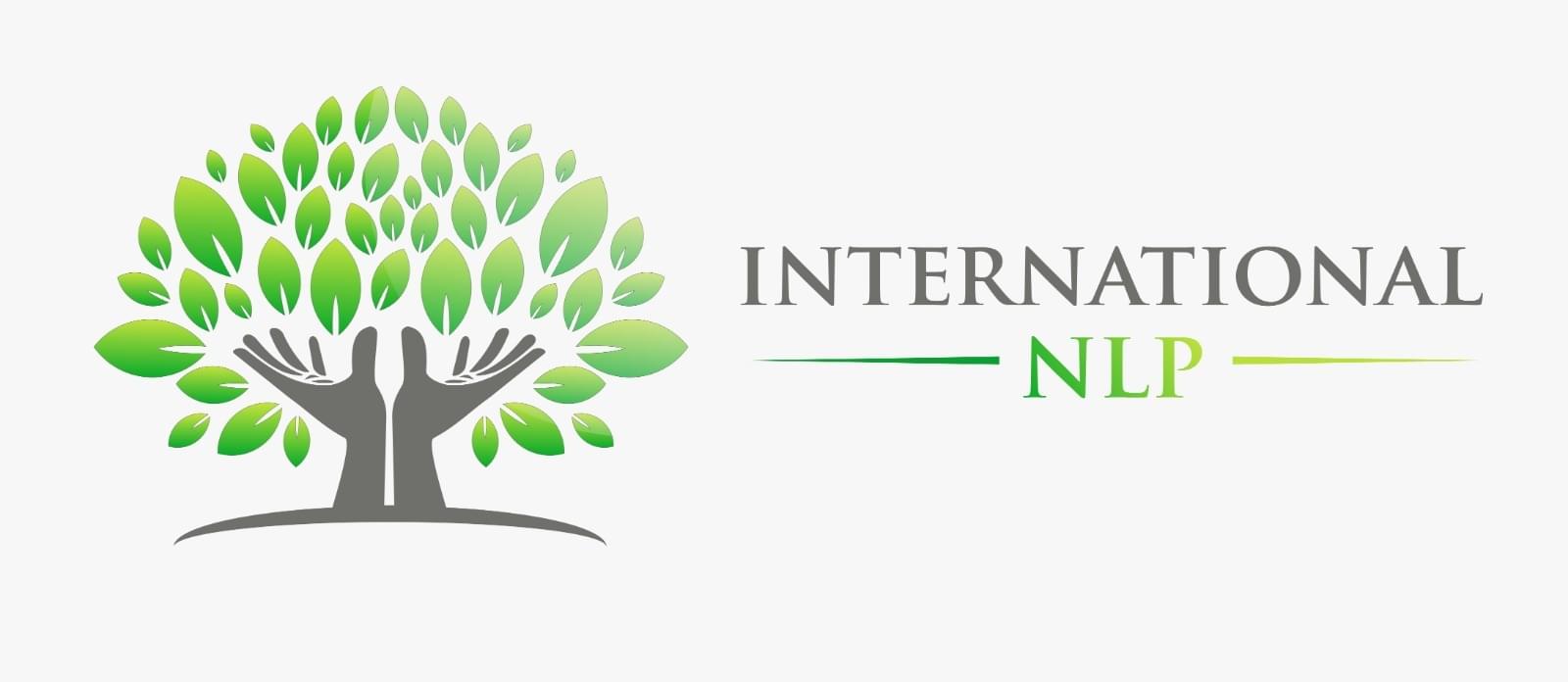Ayurveda, which is officially recognized by the World Health Organization (WHO), allows millions of people around the world to live in good health and in perfect harmony with their bodies and their environment.
If one were to translate Ayurveda, one could literally use the following three words: Science of Life, or Science of Longevity.
Ayurveda is, above all, a state of mind, wisdom, and principles acquired thousands of years ago and transmitted from generation to generation. Originally from India, Ayurveda is a holistic approach based on the principle of balance and uniqueness. The individual is taken in his entirety, that is to say in his bodily, mental, and spiritual dimension. The goal is to achieve both internal and external balance.
Each person is considered unique and with natural characteristics which cannot be found in anyone else. That’s why, with Ayurveda, there is no miracle cure or magic pill. Each action and each therapy recommended depends not only on the individual’s uniqueness but also on the imbalance, which may affect him at any given moment.
Learning Ayurveda is discovering a natural practice which is non-invasive, non-medicinal, respectful of the individual, and that can support cognitive functions, strengthen the immune system, and even slow down the aging process.
It’s in this spirit that Ayurveda seeks remedies in what is known as universal medicine or natural pharmacopeia. Indeed, we find in nature a whole array of solutions that allow us to restore the imbalances we may suffer from with oils, plants, respect for cycles, etc.
Learning to work with Ayurveda means mastering the disciplines that compose it. In addition to the critical nutritional dimension, and to the treatment of the various toxins that pollute the body, meditation-based approaches, and physical exercises, are also an integral part of Ayurveda.
Our course as an Ayurveda Practitioner is recognized by three international accreditation bodies. It will allow you to learn, at your own pace, all of the fundamental principles of Ayurveda.
You will discover how the universe is understood through the five elements which also permeate us. Through this vision of the cosmos and of the individual, you will learn to recognize the three doshas which are the fundamental energies present in each of us in varying degrees depending on our history or diet.
You will also acquire the skills necessary to perform a personalized and accurate diagnosis. You will do this by examining the pulse, the face, the tongue, and the eyes. You will then learn how to set up a treatment that includes the detoxification of the body, an individualized diet, the practice of specialized massages or self-massages, and the recommendation of a daily routine.
The Ayurveda practitioner course that we offer is open to all, without any prerequisites of diploma, training, or previous professional experience.
This is an excellent opportunity for those of you who already practice a holistic discipline (meditation practitioners, wellness masseurs, yoga practitioners, naturopaths, etc.), or professionals (dietitians, social workers, etc.) to acquire a new qualification to extend your range of care.
The training is also intended for those who, with no professional objective, wish to acquire the skills and knowledge which will enable them to assist their relatives and friends to enjoy healthier and more natural lives.
Once registered on the training platform, you will have immediate access to all 18 modules. Each module is available in PDF format and downloadable audio, and includes a theoretical part and a series of exercises. You will also find videos illustrating different massage techniques.
A knowledge test will allow you to test your knowledge at the end of each lesson. Once you have studied all the modules, you will take the final exam where an 80% success rate will allow you to obtain the certification. In case of failure, you can retake the test at no additional cost.
You will also be able to participate in the forum of exchanges and discussions with other students and interact with the trainers if you have any questions on specific concepts.
We all have obligations, be they family-based, professional, or social, and time is often a precious resource whose scarcity can limit the actions or hobbies in which we want to engage.
With this in mind, we wanted to allow you to access the lessons at your own pace, depending on your availability. You will study as you wish, whenever you want.
Our only goal is that you succeed in your learning process. For this reason you have unlimited and permanent access to all the teaching aids for each module.
Just like with time, finances can be a barrier to deciding to register. Ayurveda courses are often offered in the form of weekend seminars, spread over time, at sometimes very prohibitive rates that may exceed 2,000 dollars over time. Others, more affordable, also have time constraints and fixed dates.
This is not our philosophy. We are committed to bringing to the broadest number of people this comprehensive and exciting certification course on the benefits of Ayurveda, a discipline dedicated to well-being and long-term health.
It’s in this spirit that we offer for a limited time the Ayurveda practitioner course at the rate of $129 instead of $575.
Please note that once you register, you will receive a 30-day money-back guarantee, allowing you to change your mind and to get a no questions asked refund for your registration.
Click each module title to discover the content of each training.
This first module presents Ayurveda’s philosophy. We will also discuss important concepts to understand the rest of the course.
In this section, you will discover:
The definition of Ayurveda
Its fundamental principles
The state of health and of illness
The five elements
The three doshas, that is to say, the vital energies responsible for all physiological and psychological processes
The seven constitutions
The 20 characteristics of an Ayurvedic treatment
This module will introduce you to the six flavors found in nature. Then it will discuss in detail the doshic constitutions and their characteristics.
In this section, you will discover:
The six flavors or Rasas (sweet, sour, salty, pungent, bitter and astringent)
The properties of the 6 Rasas
The composition of food
The characteristics of individuals
The dual constitutions
The test of doshic constitution which makes it possible to determine the energies and qualities of a person as well as his tendency to become ill or to remain in good health
This module will present the human body as a "living organism" and break down its functioning point by point.
In this section, you will discover:
-
Agni, or the digestive fire, whose primary function is the digestion, absorption, assimilation, and transformation of food
- The malfunctions of Agni
-
Malas, or body waste
- The 7 Dhatus, that is to say, the tissues forming the human body
- The relationship between the Dhatus
-
Ojas, the life force at the base of the immune system
-
Prana, the vital force corresponding to the Chinese Qi
-
Tejas, the vital force connected to the metabolism
In this module, we will see that the human body is filled with vital energy that comes into contact with all the energies around us.
You will discover in this section:
- The 5 Koshas, that is to say, the five body sheaths
The relationship between the physical body and the subtle bodies
The perception of the energies
The three parts of the brain
The three essential Nadis, or energy channels of the body
The neuro-respiratory integration exercises called Pranayama
The chakras, or points of entry and exit of energy
In this module, we will discuss Ayurveda’s understanding of disease. We will also learn how to detect health problems and recommend a care protocol.
You will discover in this section:
- The six stages of disease
The observation of urine and stool
The physical examination
The radial pulse
The examination of the tongue
The examination of the face
The examination of the nails
This module covers everything that surrounds a body detoxification program. We will learn in particular what a detox cure is, when to recommend it, how to conduct it, or how to end it.
In this section, you will discover:
- The detailed protocol of the Panchakarma detoxification cure
Indications and contraindications
The intentionality form
The five therapies of the Panchakarma cure
The practical application of the cure
The aftercare
The making of ghee
According to Ayurveda, most diseases come from the accumulation of toxins in the body. We will learn that there are herbs in nature capable of detoxifying the body.
In this section, you will discover:
Diet is seen as one of the pillars of health. Ayurveda does not recognize "good nutrition" as such, but instead considers several good ways of eating, depending on the dosha or dominant constitution of the patient.
In this section, you will discover:
- Dietary advice
Special foods
Ayurvedic recipes
Why the way we eat is as important as what we eat
How the flavor of a food determines its nutritional value
How to eat for health
Why the dosha determines the food suitable for each individual
Why Ayurveda recommends vegetarian diets
This module deals with another essential lifestyle habit for health, namely physical exercise. We will see again that the dosha is decisive in the choice of an exercise routine. We will also discuss the role of meditation.
In this section, you will discover:
- Physical activity
The 50% goal
The importance of moderation
When to exercise, and when not to exercise
Why individual differences should be taken into account
Neuro-muscular integration
Neuro-respiratory integration
Meditation tips
Ayurvedic exercises
This new module will introduce the basics of an Ayurvedic routine. It is essential to follow a routine because the pace of life (as well as sleep) represents the second pillar of health.
In this section, you will discover:
- General advice to have a good day
Time in Ayurveda
The importance of time for digestion
The importance of time for physical activity
An example of a morning routine
Why follow an Ayurvedic routine
This module focuses on the evening routine, because just as it is important to start the day well, it is important to finish it well. We will then learn how to formulate a routine according to the seasons.
In this section, you will discover:
- Why slowdown in the evening
-
The technological detox
-
How to prepare the environment
-
An example of an evening routine schedule
-
Dry brushing
-
The self-massage
-
Nasal lubrication with oil
-
The three seasons
-
The transition between the seasons
This module will present a very important care in Ayurveda: the massage. We will cover the main massages in detail.
In this section, you will discover:
Abhyanga, massage or self-massage with oil
Karna Purana, or massage of the ear canal with hot oil
Udvartana, a massage technique using powder or paste made of herbs
Shirodhara, a flow of oil on the forehead
Vishesh, dynamic and deep massage appreciated by athletes
Lepa, facial beauty massage
Padabhyanga, foot massage
Garshana, dry massage using a glove
In this module, we will discuss the different ways of improving the Ayurvedic massage, by studying in particular how the energies circulate and accumulate in the human body.
In this section, you will discover:
The Nadis, that is to say, the subtle currents of the body
The three main Nadis
How to treat the Nadis
The Marmas, or pressure points of the body
The methods of treatment
The essential oils in Ayurveda
The oils adapted to each dosha
In this module, we will discuss sexuality, the last pillar of health, according to Ayurveda. We will see how to take care of it in everyday life, as well as to conceive a child.
In this section, you will discover:
- The reproductive tissues
-
Ayurvedic recommendations to derive benefits from sex
-
The negative impacts on health
-
The contraindications to sex
-
The period
-
The criteria for a healthy conception
-
Care for fertility
Pregnancy is a special moment in a woman's life. This new module will teach you how to follow a patient from the beginning of her pregnancy, until after childbirth.
In this section, you will discover:
- The recommended physical exercises for pregnant women
-
The self-care during pregnancy
-
Garbhini Paricharya, or the routine of the pregnant woman
-
Imbalances during pregnancy
-
Garbhvati, the massage of the pregnant woman
-
Childbirth
-
Postpartum care
This new module addresses care during childhood. You will learn how to counsel parents to provide a healthy foundation for the development of their children.
In this module, you will discover:
Why Ayurveda is recommended for children
Stress and meditation
Natural urges
Discipline
How to maintain balance while eating
How to identify imbalances
How to know the dosha of a baby
How to know the dosha of a child
How to treat the differences
This new module covers routines for children. It also addresses a whole range of childhood diseases and proposes natural solutions to fight and prevent these diseases.
In this section, you will discover:
- The evening routine
-
The daily routine
-
Shantala, that is to say, massage of the newborn
-
Sleep disorders
-
Homework
-
Seasonal routines
-
Physical exercises to strengthen health
-
What to do when a child is constantly sick
-
How to treat common childhood diseases
This last module explains how to follow a patient, from the first session where you establish his Ayurvedic profile, until the following sessions. Finally, you will be put in a situation to test your knowledge with various case studies.
In this section, you will discover:
- The ayurvedic assessment
-
The detailed physical examination
-
The oral interview
-
The duration of the first session
-
The following consultations
-
10 case studies
-
How to devise a care plan
-
How to follow up with a patient

